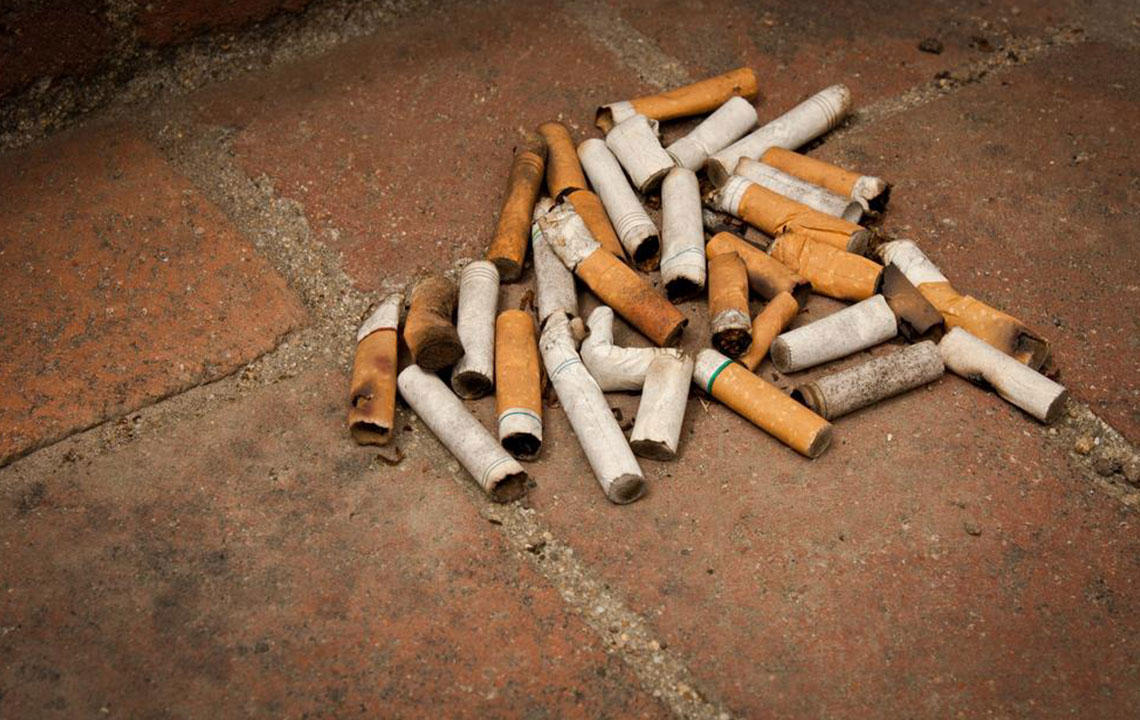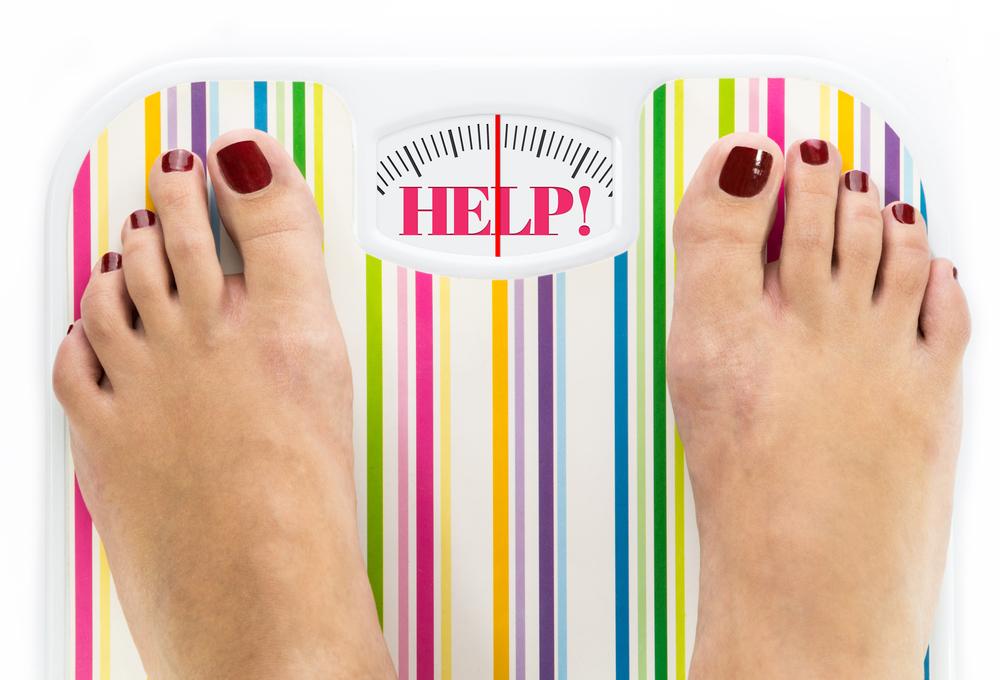Dangers of Inhaling Secondhand Smoke and Its Impact on Health
This article explores the health hazards associated with secondhand smoke, including its chemical composition and impact on vulnerable populations like children and the elderly. It emphasizes the importance of avoiding indoor smoking to prevent serious health issues such as respiratory illnesses and cancers. Learn how smoke residues persist on surfaces and safety measures to protect yourself and others from passive smoke exposure.

Dangers of Inhaling Secondhand Smoke and Its Impact on Health
Passive smoke exposure, also called secondhand smoke, presents serious health risks even for non-smokers. It consists of smoke from burning cigarettes and from the smoker’s own breath, releasing over 4,000 chemicals—about 50 of which are known carcinogens. In fact, secondhand smoke can contain higher levels of harmful substances like nicotine and tar than directly inhaled smoke. Indoor spaces retain this smoke for hours, and ventilation cannot fully clear it. Complete prohibition of indoor smoking offers the best protection.
Smoke residues settle on surfaces like walls and furniture, remaining hazardous even after smoking stops. People in these environments risk exposure without active smoking at the moment.
Health Effects of Secondhand Smoke
Even brief exposure can cause health problems. Children are particularly at risk due to faster breathing and weaker immune defenses, leading to respiratory conditions such as bronchitis, tonsillitis, and asthma. Elderly individuals, pregnant women, and those with pre-existing heart or lung issues face increased danger.
Symptoms include eye, nose, and throat irritation, headaches, coughing, and nausea. Prolonged exposure raises the likelihood of lung diseases, cancers, cardiovascular issues, reproductive problems, and lower fertility. Exposure before menopause may also elevate breast cancer risk.
Disclaimer: This content is for informational purposes only and does not replace professional medical advice. Always seek healthcare guidance for diagnosis and treatment tailored to your situation.


